Explore the Douro River
The third longest river on the Iberian Peninsula charts a 5560-mile course across Spain and Portugal, ending at Foz do Douro where it meets the Atlantic Ocean. Travel from Porto to the Douro Valley on a scenic cruise and you’ll have the chance to see one of its most enchanting sections.
Passing terraced vineyards, wine estates and sleepy villages - it’s worth disembarking at Pinhão. This sleepy town is dotted with quintas, where guests can sample the region’s famous port wine. If you really want to immerse yourself in a rural way of life, spend the night at Quinta de la Rosa with its fine-dining restaurant, elegant suites and river views.
Porto itself spans the river, with the Ribeira (old town) on one side and Vila Nova de Gaia’s collection of historic port lodges on the other. Luckily, there are plenty of options when it comes to travelling across this always-busy stretch of water. For starters, the city is home to six bridges – from the Maria Pia bridge, which was designed by Gustave Eiffel and built in 1877, to the strikingly modern Infante. Tick them all off as you sail under them on a one-hour boat trip or walk across the top deck of the iconic Luiz I bridge for breath-taking views of the city.
Alternatively, ride the rickety wooden Tram 1 from Ribeira to the end of the line at Passeio Alegre and walk back to the city centre along the waterfront, stopping at one of the beachside bars for a glass of port, of course.




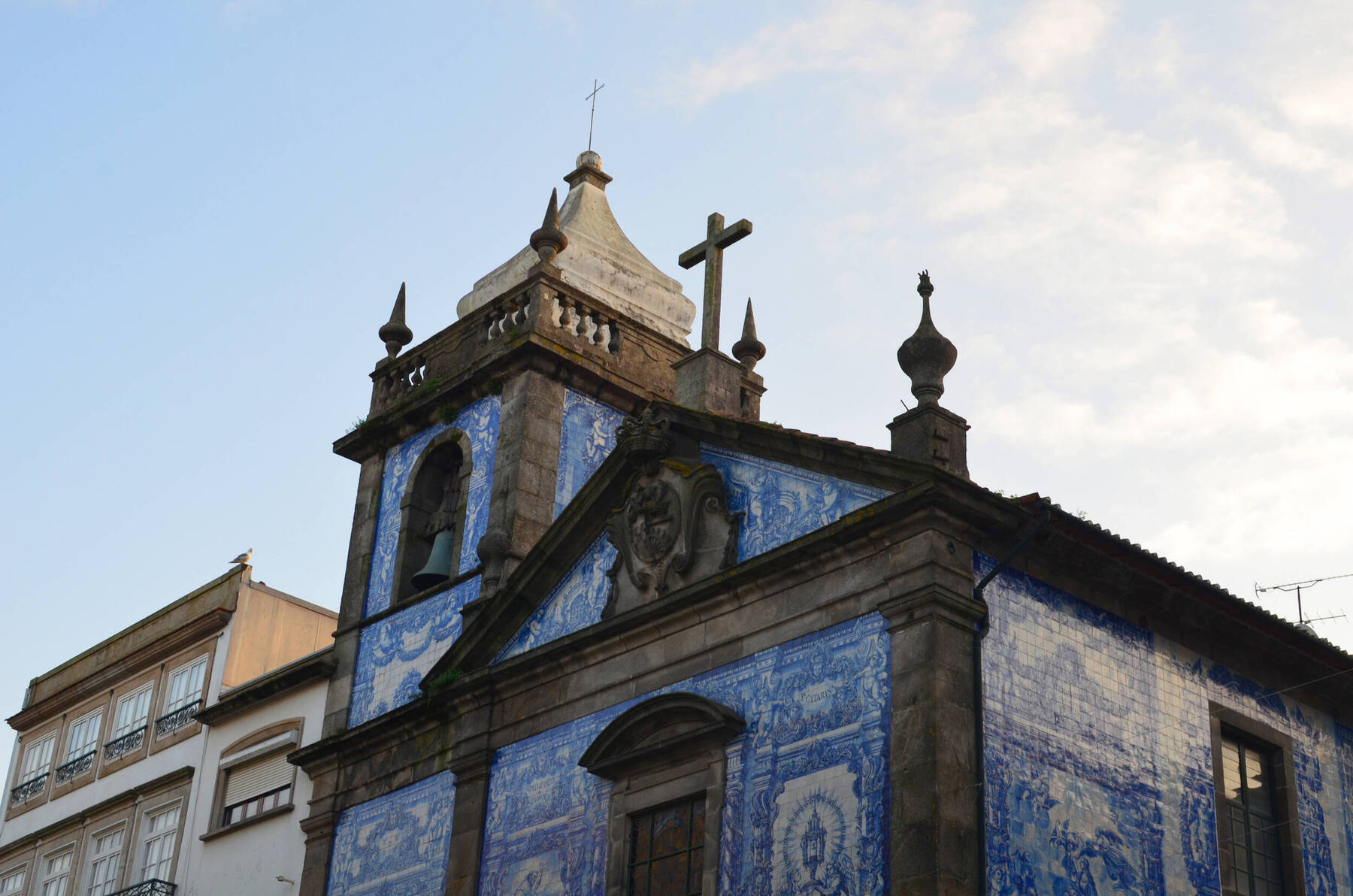
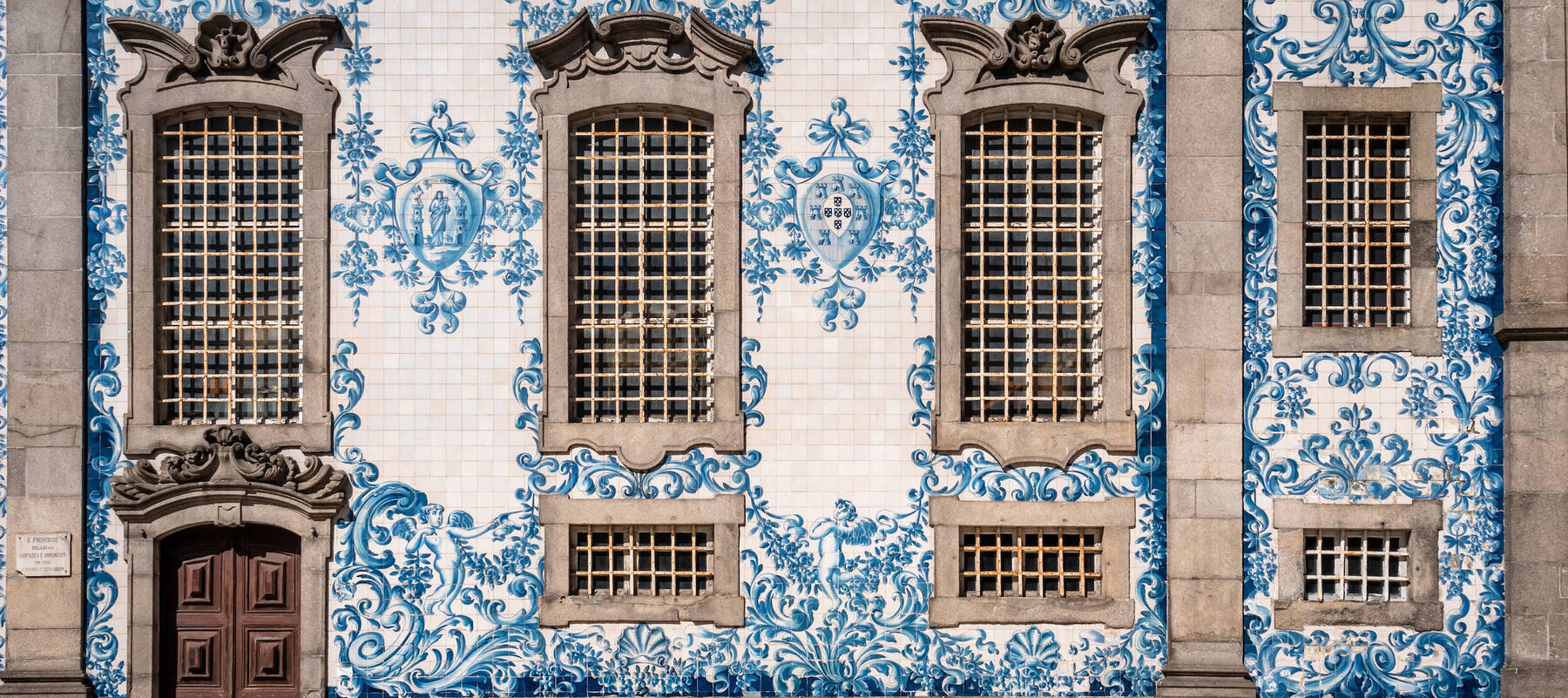
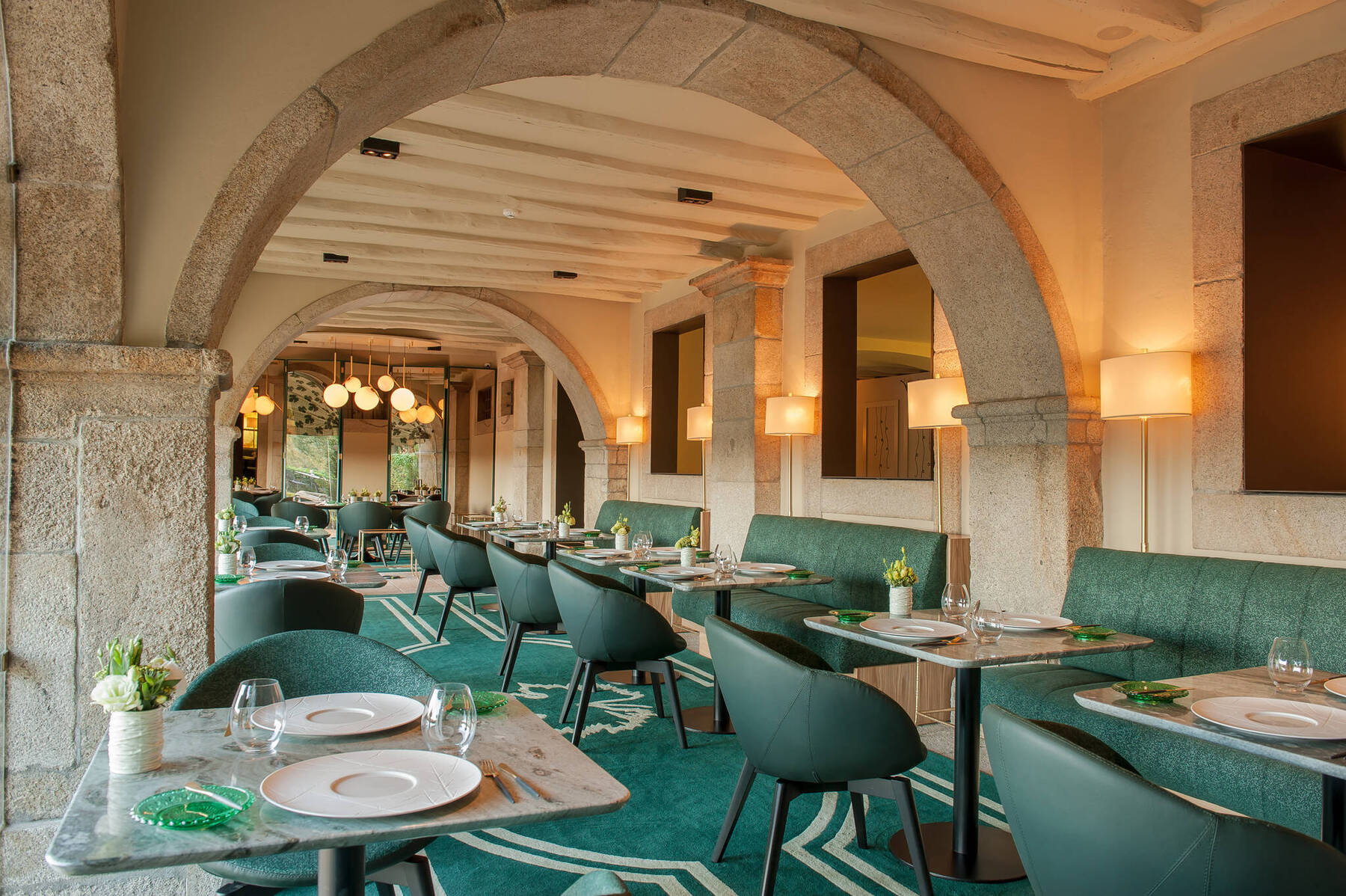
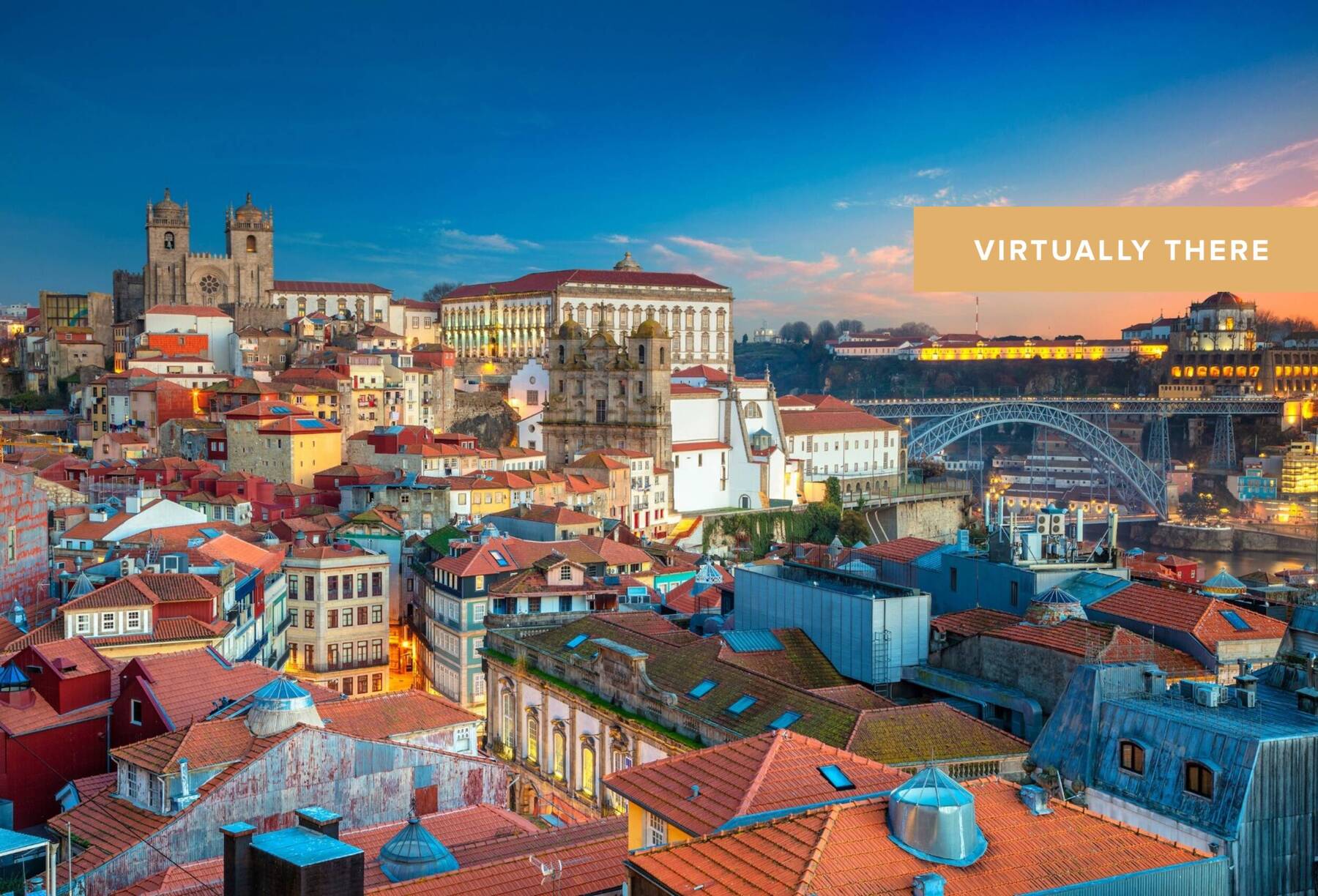

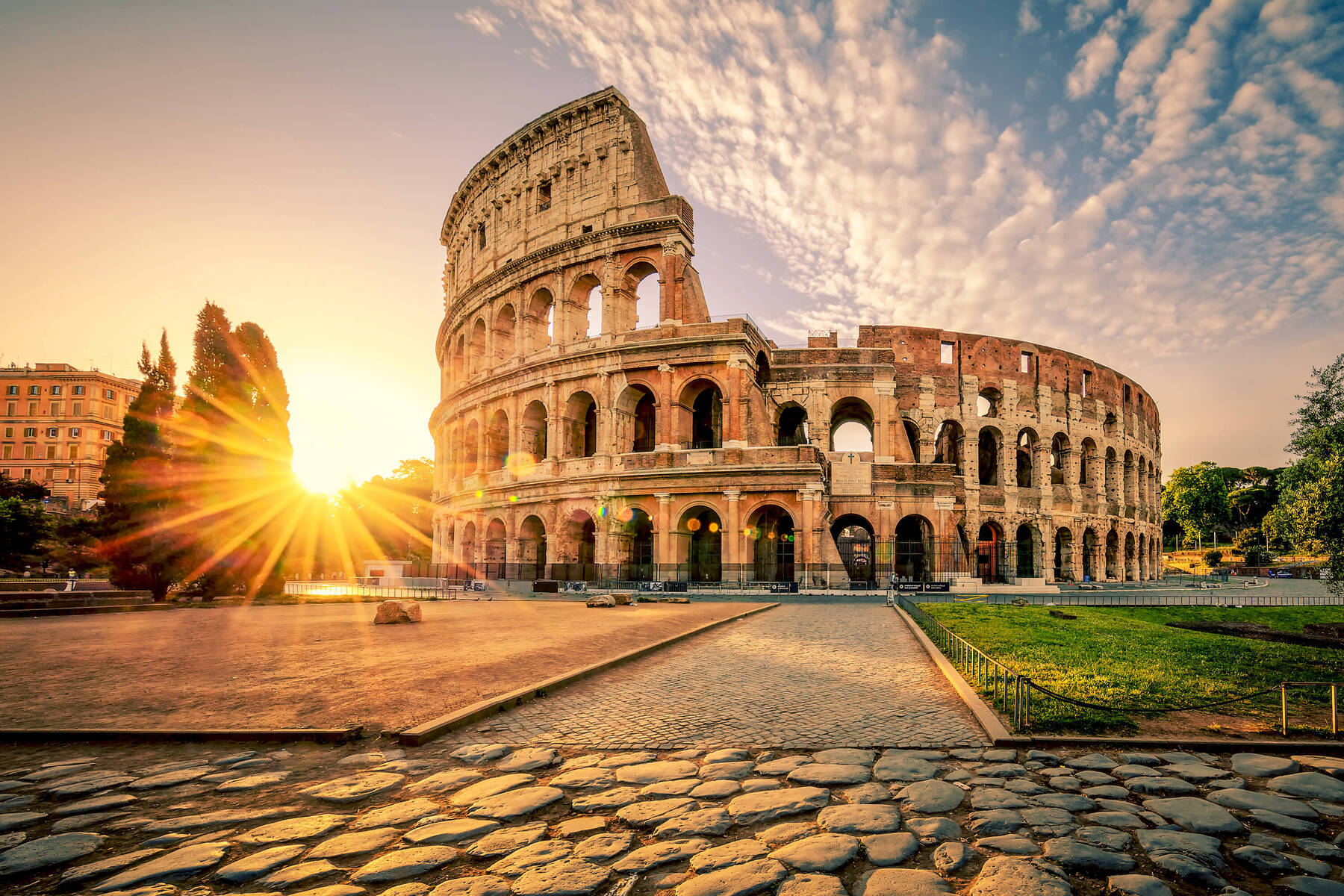




Comments